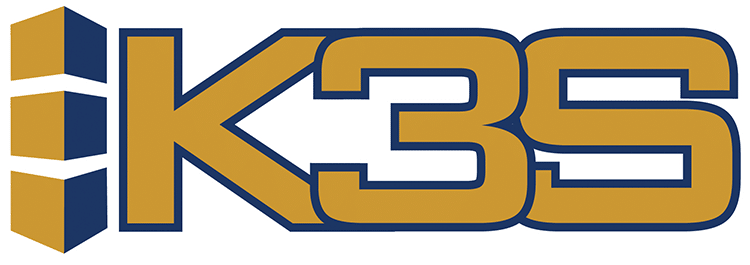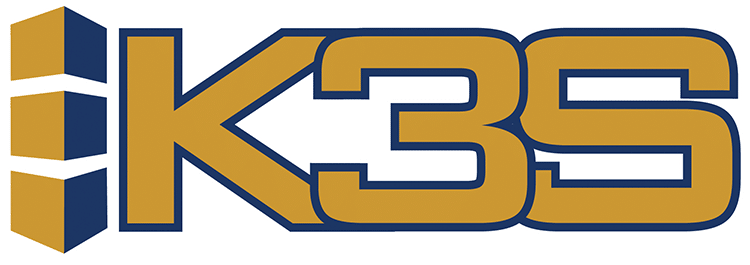For years, finding the most successful distributor was easy. All you had to do was look at the number of times each year they turned over their inventory. The more their inventory turned, the less they were paying in carrying cost. The less they paid in carrying cost, the more profitably they could operate.
But during the ’80s, that began to change. As suppliers increased their minimum order requirements to reduce their shipping costs, it became increasingly difficult for distributors to enjoy the same level of turns they had always strived for and to which they had become accustomed. That certainly has not changed as we have moved into the 21st century.
To be clear, turns are definitely an important metric, but they are only one of many that your company should be concerned with. Only looking at turns is a bit like looking out the window, seeing the sun, and assuming it will be a nice warm day. Meanwhile, the wind is blowing at 50 mph and the temperature is 18 degrees.
Does that mean it is harder to turn a profit since your turns have been dropping? Not necessarily. In fact, there are actually a few ways that decreasing turns may actually help you be more profitable! The key is finding those areas and taking advantage of them.
Here are three areas that could potentially mean a reduction in your turns, but an improvement in your bottom line:
Forward Buying
The first, and most obvious, way where you can decrease your turns, yet improve profits relates to items and times where it makes sense to forward buy. Let’s assume you turn your inventory twelve times each year, or roughly once per month. That would mean that at any given time, you have about a one-month supply of inventory in your warehouse on any given item.
If the supplier suddenly offered you a 25% discount on a few of their items, it may make sense to buy some extra. It could, however, take you six months to sell that inventory. So you have effectively seen two turns on that item for the year rather than the twelve turns you had been accustomed to. However, because you bought it at a discount and sold it at the same price, the difference goes directly to the bottom line.
Discount Brackets
With the intent of reducing shipping costs, suppliers will often offer price discounts if their customers purchase a full truckload rather than half a truck. On the surface, this could be counterproductive to the distributor. By purchasing the full truck-load from the supplier, you are effectively ensuring a reduction in your inventory turns.
That does not necessarily mean it is a bad idea, though. Just as with forward-buys, in order to maximize profits, it is important that a distributor constantly balance the opportunity for increased profit with the expense of carrying the extra inventory required to order the truckload.
Handling Fees
The reality is, every time a truck comes into your doors, it costs you money. There is a cost associated with handling inventory. If you can reduce the number of trucks that arrive at your doors every year, you may reduce the amount of labor associated with receiving, unloading, and sorting. Over the course of a year, this saving can be tremendous.
To be a successful distributor today may require a change in your thought process. Simply focusing on turns no longer ensures you the success it once did. Instead, distributors need to approach their purchasing with a strategy that focuses on squeezing every bit of profit out of your inventory possible. Sometimes that means a reduction in your overall inventory, sometimes it does not.




